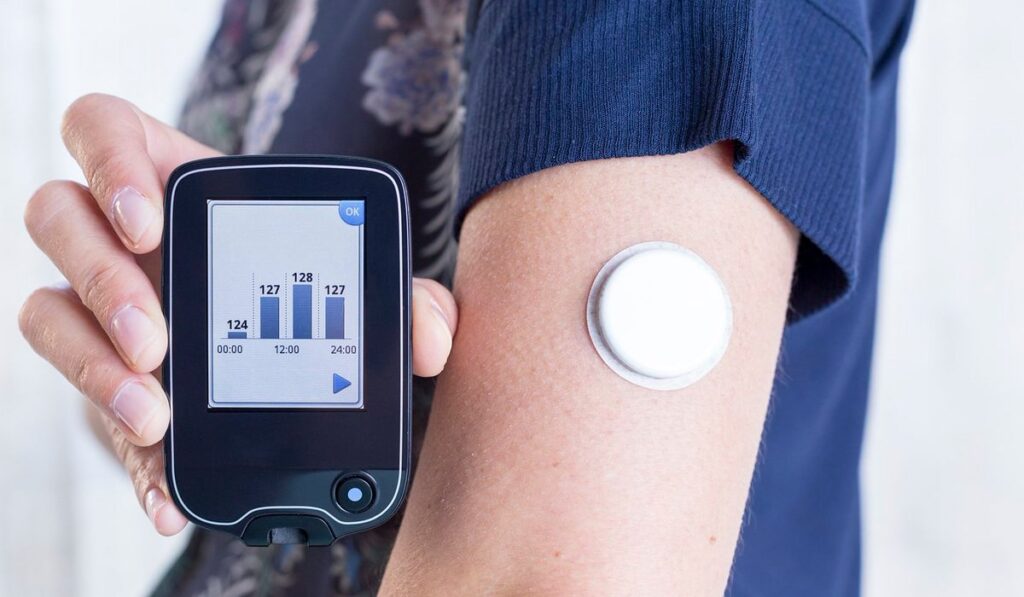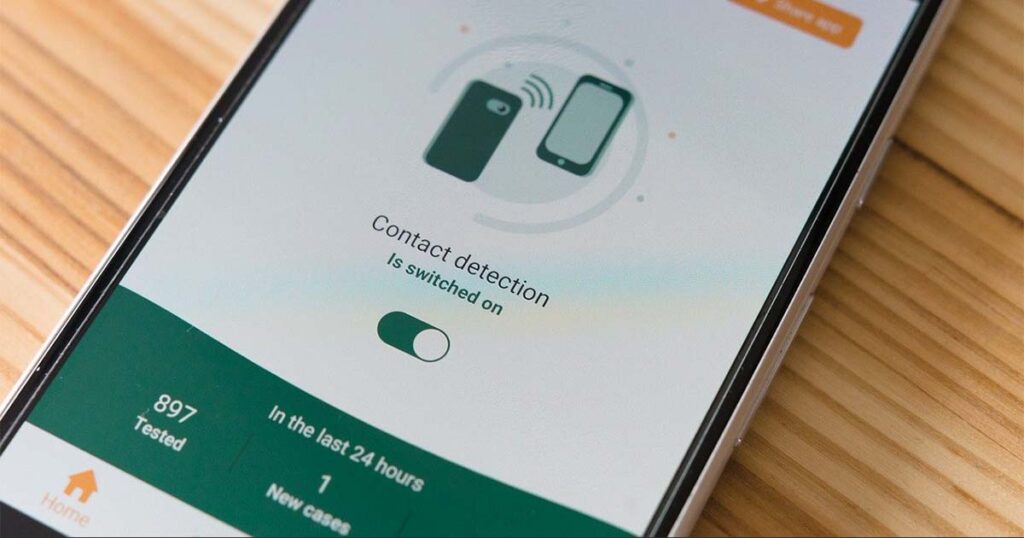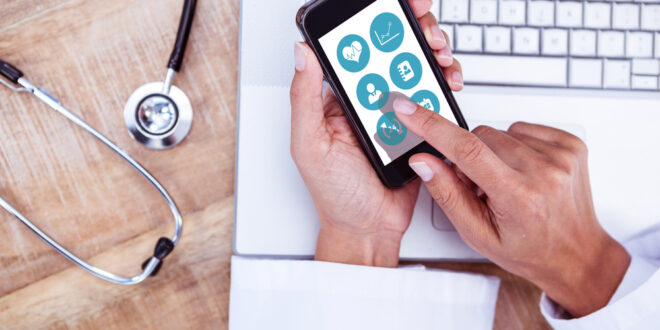The number of healthcare mobile apps is growing. There are more than 300,000 apps for health management available now. They’ve become a trivial part of people’s lives: no one’s surprised that their iPhone critiques their physical activity or suggests improving their sleep quality. This article analyzes the market and helps you figure out tendencies that will rule over it this year — but you can always contact industry experts like Diversido to learn about niche areas of healthcare verticals in more detail.
1. Wearable Integration

Wearable electronics are becoming more and more popular every year. Smartwatches and sports bracelets collect a massive amount of data about our vital signs and daily physical activity. The majority of modern devices — like Apple Watch Series 6 — even measure the level of oxygen in the blood; that occurred to be very important during the pandemic.
Wearable devices allow life signs monitoring for patients with chronic diseases and the elderly. Doctors use them to analyze patients’ condition, adjust treatment, or help them when they need it. They do it, e.g., for people at risk of a stroke — strokes often cause irreversible consequences if the patient is not promptly provided with medical care.
The World Health Organization informs: the number of people who have reached 60 will exceed 1 billion this year. The specialists of this organization believe that in 10 years, this figure will reach 1.4 billion. Wearables are also a fitting way to provide the elderly with continuous care. If something goes wrong (if a person falls, for instance), the app gives the person’s relatives their location, updates about their condition, and presents them with care options.
2. Usage of Blockchain

Traditional methods of health information exchange in American healthcare infrastructure are not effective. Incomplete and fragmented patient data stored across the different systems slow down the care process. That damages health outcomes.
Right now, the USA is trying to solve this issue via new interoperability rules. They encourage participants of the healthcare process, including healthcare app developers, to build APIs that fit into standards used for data exchange and advise them to use more open and secure authentication methods for software architecture. All that is to provide smooth and safe access to all data available in the system for patients.
At the same time, all that info flowing through the healthcare system is a lure for cybercriminals. The industry is one of the most attacked by hackers.
Experts working on the intersection of technology and healthcare think blockchain might be a great help in protecting data from attacks. Blockchain, a distributed technology that uses encryption and is designed to prevent security breaches, can lay down the basis for interoperability.
For instance, IBM created MiPasa, a set of blockchain-enabled tools for data analytics, and gave it out to public health professionals when the pandemic hit. The core tech helped integrate multiple data sources, analyze them, and use them for predictive analytics. The underlying blockchain structure facilitated data credibility and protected the databases. That helped to accelerate research about the virus and public health threats it posed.
3. Contact Tracing Technology

Quarantine restrictions led to another necessity: for technology that identifies and tracks people who got the virus. Many governments endorsed mobile app development with the contact tracing tech to answer it.
Early research from Nature Medicine showed there is no evidence these apps were efficient in tracking the pandemic or pushing people to get tested after exposure. Companies that claimed to be effective were then accused of privacy intrusion. There’s no reason to believe contact-tracing tech will leave anytime soon, though.
The reasons for contact tracing apps’ defeat were privacy concerns and the fact they were built technology-first, with little to no attention to users. Besides, developers and researchers had no understanding of what effective contact tracing is. They can fix it in the future, as contact tracing tech remains to be a point of interest among digital health developers. For instance, to control the spread of the virus in the Tokyo Olympics, organizers installed a contact tracing system in the Olympic Village.
4. Artificial Intelligence

Healthcare is a home for so much raw data — and in 2024, artificial intelligence and machine learning algorithms help healthcare apps analyze a great deal of information.
Statistical, semantical, imaging data enable healthcare to find new ways to improve care outcomes — with the help of AI. AI computing helps doctors make more accurate diagnoses, finds patterns they could have missed, and offers insights into patients’ health.
Outside of the clinical settings, AI helps specialists to predict how many drugs and equipment need to be purchased. It also helps to run forecasts for hospital bed management — based on the seasons and dates where people are privy to get into ER. (For instance, the Christmas season is very famous for this.)
5. Cloud Technology

The pandemic revealed the need for accessible, continuous virtual care services and a wide-scale multidisciplinary collaboration between healthcare specialists. Both need storage large and secure enough to host and transfer data. That’s cloud storage, the last among healthcare apps trends for this year.
In clinical research, the cloud contains anonymized, protected data for researchers to study and run through their algorithms. Outside of it, cloud services simplify access to care and reduce the costs of digital health software development and adoption. Software-as-a-service and infrastructure-as-a-service models allow healthcare to adopt digital tech without massive disruptions. Cloud computing also helps to scale this software faster, offering it to new patients and clinical departments.
Conclusion
Before the pandemic, software engineers who developed for the healthcare industry were considered stubborn people who forgot how money looks. Long sales cycles, healthcare stakeholders’ mistrust in the new tech, and the necessity to conduct deep research, often in clinical settings, to create a semi-decent software solution drew investors and entrepreneurs away. Now, it’s all changed for good. The industry is flowing with funds. For better or for worse, digital health becomes a lure for startup founders to try themselves in.
It’s obvious that digital health is here to stay and mHealth apps will continue to appear on the market. Trends come and go, though. Right now, the popular technologies aim to connect doctors and patients, simplify care processes, make health data more accessible, and improve care outcomes. The goals of mHealth apps will remain the same — but the tools startups trying to reach them with will change.
 Imagup General Magazine 2024
Imagup General Magazine 2024



